Human waste and pollution have long been a pressing issue, but it’s not just about having cluttered streets or polluted air. In many instances, our careless disposal of waste has led to catastrophic consequences, wiping out ecosystems and threatening biodiversity. Let’s dive into some shocking examples where human negligence turned ecosystems upside down.
1. An Oil Spill That Rocked the Coastal Waters
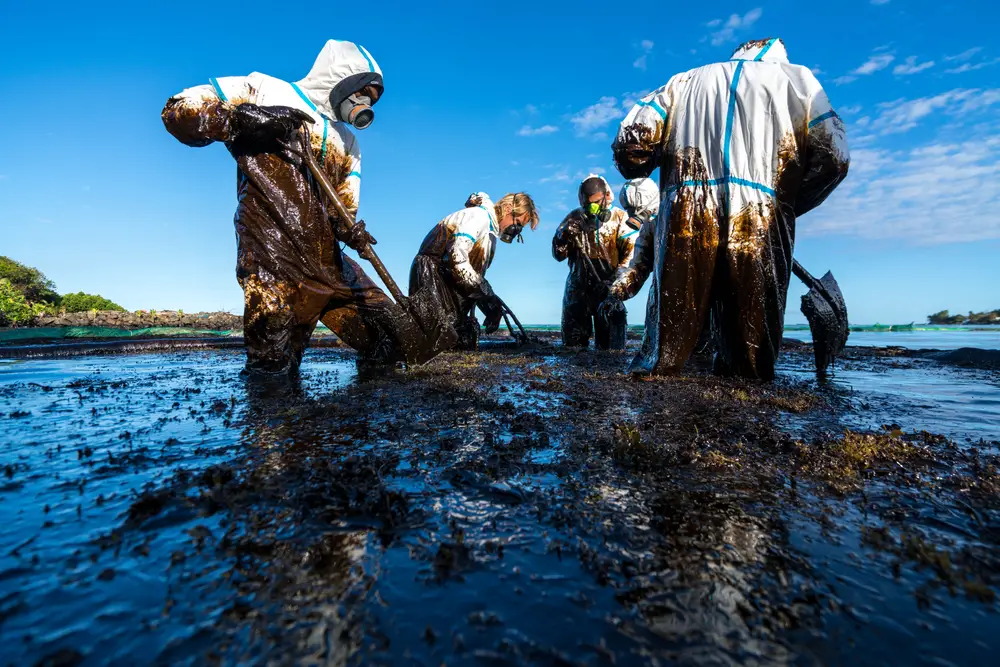
Oil spills are one of the most visibly devastating forms of pollution, causing immediate and long-lasting damage to marine ecosystems. One notable incident occurred in 2010 with the Deepwater Horizon oil spill in the Gulf of Mexico. According to the Environmental Protection Agency, approximately 4.9 million barrels of oil were released into the waters, leading to the deaths of countless marine creatures and birds. This spill also disrupted the reproductive systems of many species, creating a ripple effect that hampered population growth. The spill also destroyed the habitat for coral reefs and seagrass beds, which are crucial for the survival of many marine species.
Over the years following the disaster, scientists have observed a significant decline in local fish and shellfish populations, which has had devastating economic impacts on the fishing industry. The lingering effects are still being felt today, with oil traces still found in some sediment and marine organisms. Restoration efforts are ongoing, but the road to recovery is long and fraught with challenges. The incident serves as a stark reminder of how human negligence can lead to ecological catastrophe.
2. A Plastic Island in the Pacific
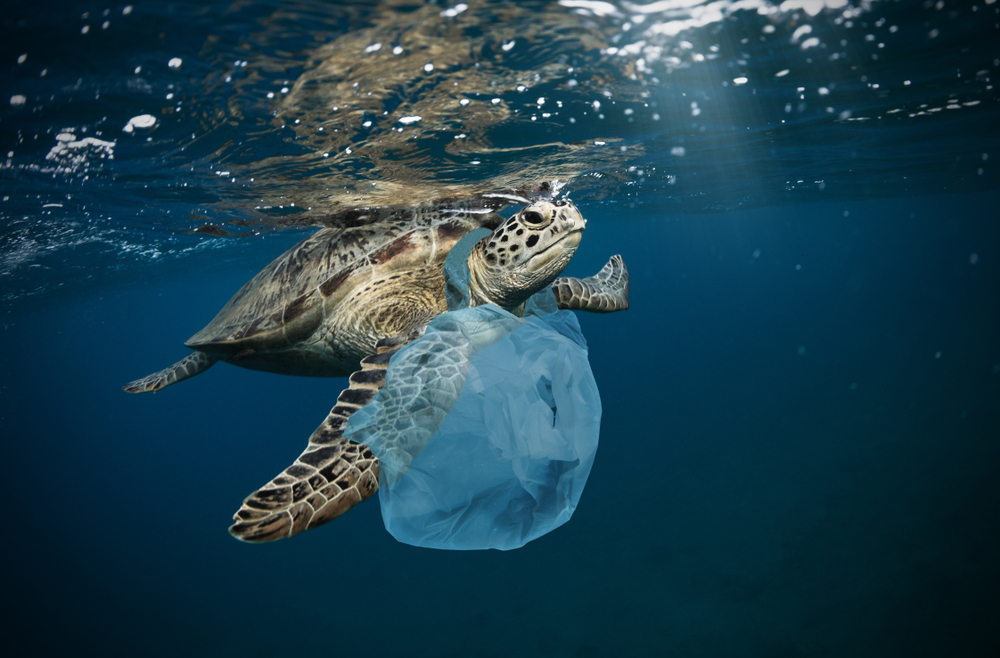
Our oceans are turning into massive dumping grounds, with plastic waste being one of the most problematic pollutants. One of the most infamous examples is the Great Pacific Garbage Patch, a vast collection of marine debris in the North Pacific Ocean. This floating island of trash is primarily composed of plastics, and it’s estimated to cover an area twice the size of Texas. The patch has grown over the years due to ocean currents that trap debris in this region, causing massive damage to marine life.
Marine species, from tiny plankton to large whales, have been affected by this plastic invasion. Animals often mistake small plastic particles for food, which can lead to blockages in their digestive systems, starvation, and death. The plastics also release harmful chemicals as they break down, further polluting the waters and entering the food chain. Efforts are being made to clean up this mess, but the sheer size and continuous influx of plastic waste present enormous challenges.
3. Dead Zones in Our Oceans
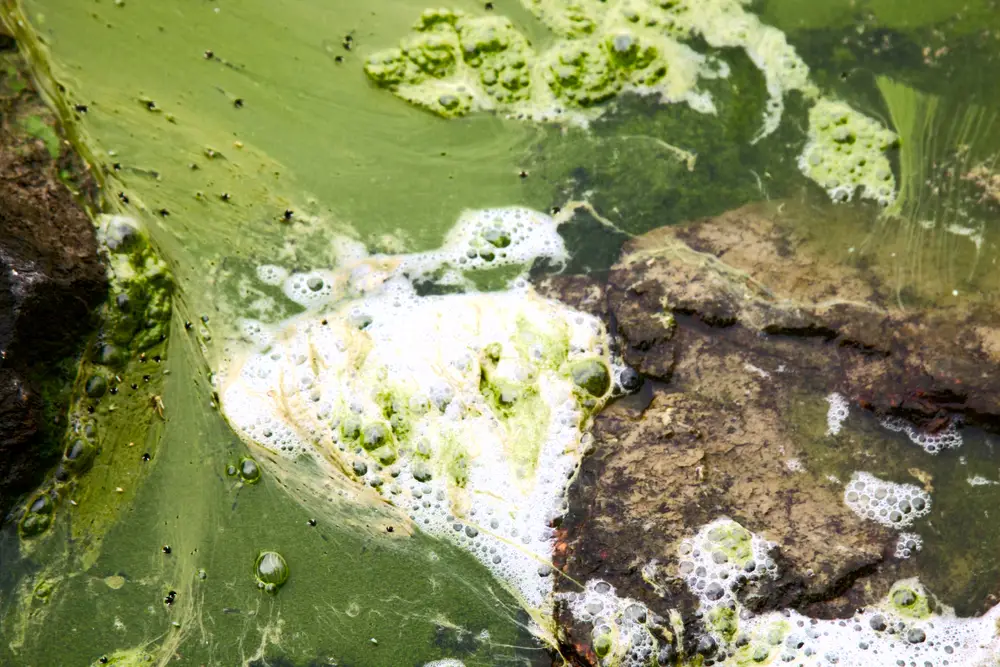
Dead zones are areas in oceans or lakes with such low oxygen levels that marine life cannot survive, and they have been expanding at an alarming rate. One of the largest and most studied is the dead zone in the Gulf of Mexico, primarily caused by nutrient pollution from agricultural runoff. According to the National Oceanic and Atmospheric Administration, excess nutrients, particularly nitrogen and phosphorous, fuel the overgrowth of algae, which eventually decompose and deplete oxygen in the water. This process, known as eutrophication, creates uninhabitable zones for fish and other aquatic organisms.
The economic impact of these dead zones is devastating for local communities that rely on fishing and tourism. As fish populations decline, so do the livelihoods of those who depend on them. Furthermore, these areas can take decades to recover, even with significant intervention efforts. Dead zones are a stark example of how human activities on land can have far-reaching effects on marine environments.
4. The Tragedy of the Aral Sea
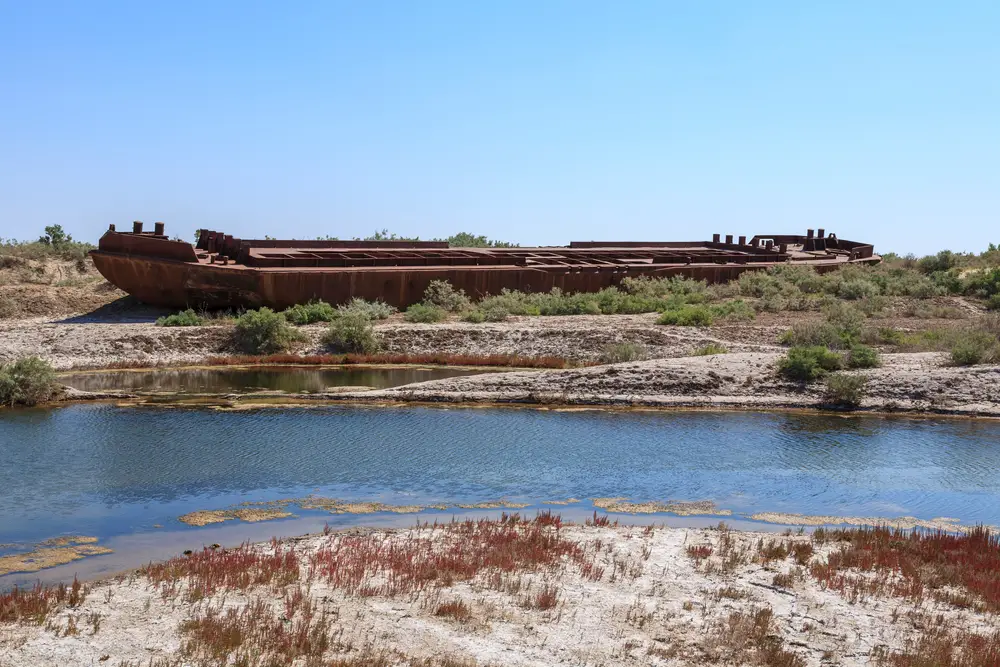
Once the fourth-largest lake in the world, the Aral Sea has been reduced to a fraction of its original size due to diversion of the rivers that fed it. This ecological disaster was caused by Soviet irrigation projects aimed at boosting cotton production. As the water receded, it left behind a vast desert, creating a harsh environment unsuitable for the native fish species that once thrived there. The loss of the sea also impacted the local climate, leading to harsher winters and hotter summers, further straining the remaining ecosystems.
Communities that once depended on the Aral Sea for their livelihood found themselves in economic ruin, with fishing industries collapsing and public health declining due to airborne pollutants from the dried seabed. Efforts to restore parts of the sea have seen some success, but the damage is largely irreversible. This tragedy highlights the far-reaching consequences of unchecked human intervention in natural systems. The Aral Sea serves as a haunting reminder of the delicate balance between human needs and environmental sustainability.
5. The Destruction of the Amazon Rainforest
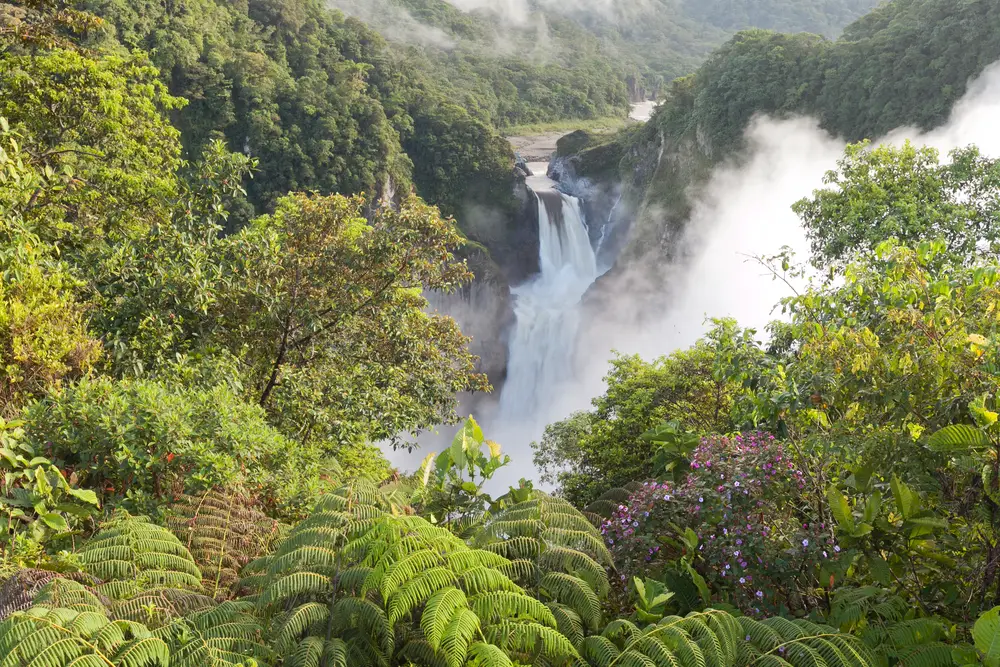
The Amazon Rainforest, often referred to as the “lungs of the Earth,” is being cleared at an alarming rate due to logging, agriculture, and mining. This deforestation leads to habitat loss for countless species, pushing many to the brink of extinction. The removal of trees not only affects the animals that live in them but also disrupts the entire ecosystem, which depends on the complex interplay of flora and fauna. The loss of biodiversity has far-reaching implications, affecting everything from pollination to the global carbon cycle.
In addition to the ecological consequences, deforestation in the Amazon has grave impacts on indigenous communities who rely on the forest for their survival. These communities face displacement and loss of cultural heritage as their ancestral lands are destroyed. The global community has attempted to mitigate deforestation through various conservation efforts, but illegal logging and economic pressures continue to drive this environmental crisis.
6. Coral Reefs Under Siege
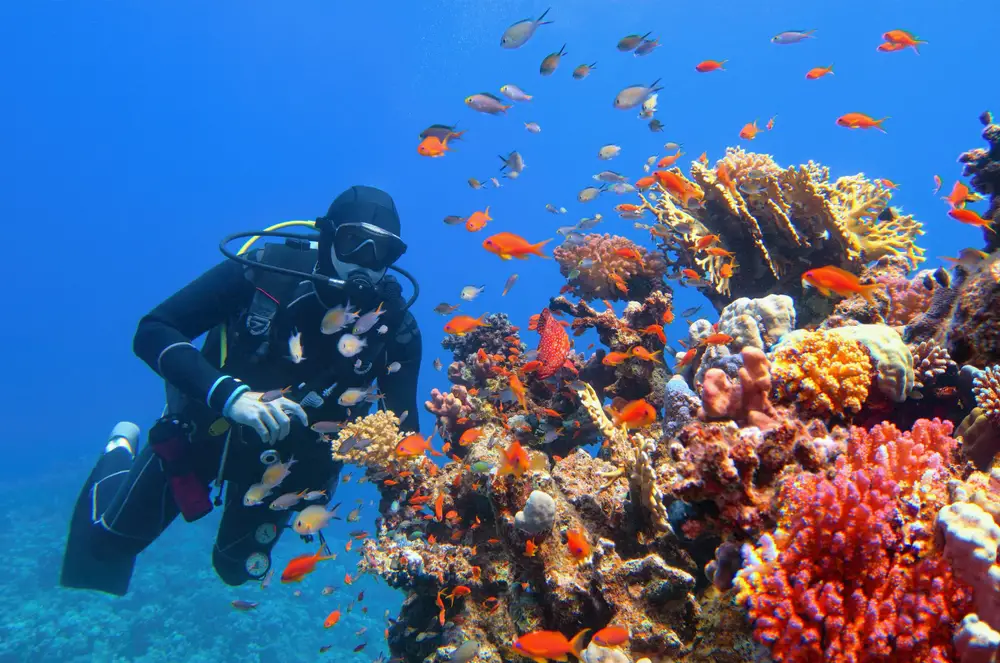
Coral reefs, often called the “rainforests of the sea,” are facing unprecedented threats from human activities. Pollution, overfishing, and rising ocean temperatures due to climate change are leading to widespread coral bleaching. As corals die, entire reef ecosystems, which support an incredible diversity of marine life, are put at risk. These ecosystems are crucial for the livelihoods of millions of people who depend on them for food, tourism, and coastal protection.
The loss of coral reefs has a cascading effect on marine biodiversity, as many species are unable to survive without the complex habitat that reefs provide. Furthermore, the economic implications are profound, with the decline of fisheries and tourism industries that rely on healthy reefs. Restoration efforts, such as coral farming and breeding programs, are underway, but the scale of the problem requires global cooperation and aggressive action to mitigate climate change. Protecting coral reefs is vital not just for marine life, but for human communities around the world.
7. The Invasion of Non-Native Species
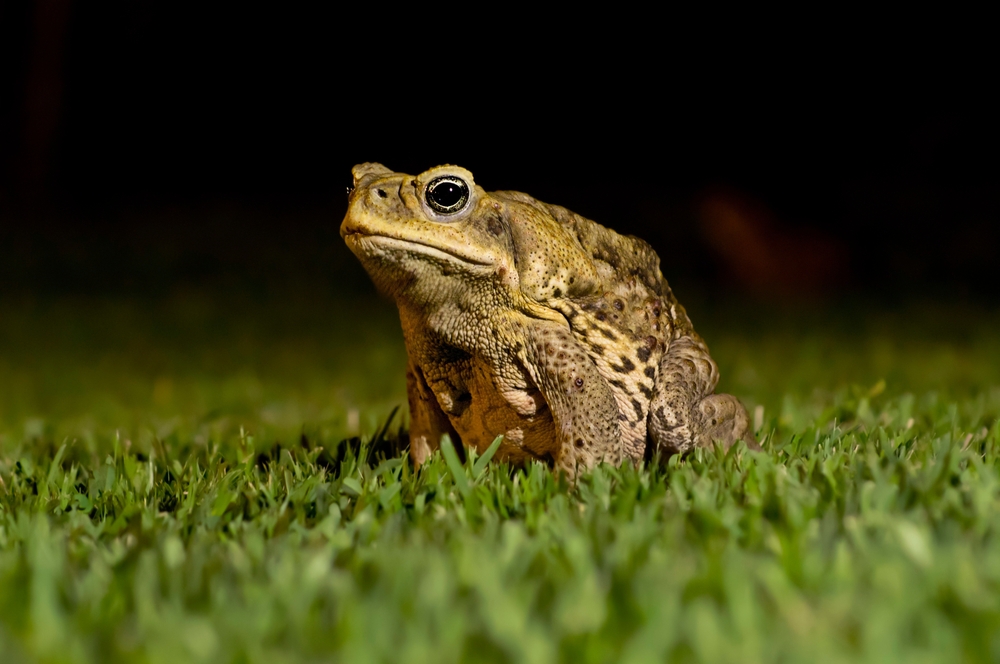
Human activities have facilitated the spread of non-native species, which can wreak havoc on local ecosystems. The introduction of these species often happens unintentionally, through global trade and travel. Once established, invasive species can outcompete native flora and fauna for resources, leading to declines or extinctions. This disruption affects the entire ecosystem, altering food webs and impacting ecosystem services that humans rely on.
One well-documented case is that of the cane toad in Australia, introduced to control pests but instead became a pest itself, harming native species. The economic cost of managing invasive species is immense, with billions spent annually on control and mitigation efforts. Preventing future invasions requires stringent biosecurity measures and public education about the risks of introducing non-native species. The case of invasive species illustrates how interconnected our world has become and the unintended consequences of human activities on global biodiversity.
8. Acid Rain’s Silent Assault
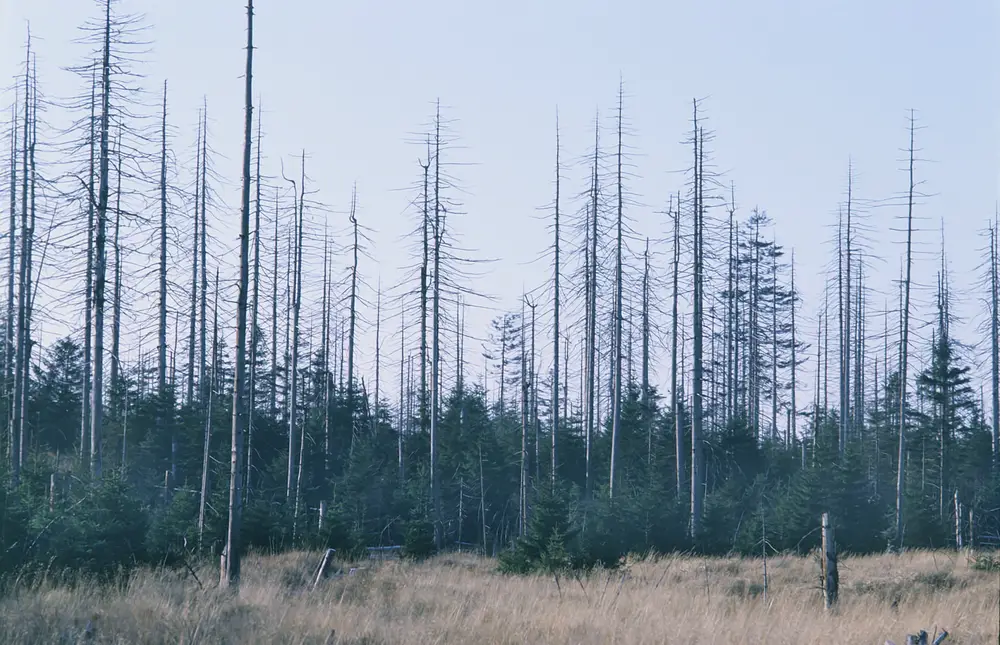
Acid rain, caused by the emission of sulfur dioxide and nitrogen oxides from burning fossil fuels, has long-lasting impacts on ecosystems. When these pollutants mix with water vapor in the atmosphere, they form sulfuric and nitric acids, which fall to the earth as acid rain. This phenomenon can have devastating effects on aquatic ecosystems, as the increased acidity leads to conditions that are inhospitable for many aquatic organisms. Acid rain also leaches essential nutrients from the soil, affecting plant growth and forest health.
The damage to forests and lakes can take decades to recover, even after the pollutants are reduced. The economic impact is considerable, affecting agriculture, forestry, and fisheries. Efforts to reduce acid rain have focused on reducing emissions through cleaner technologies and international agreements, with some success. However, this issue highlights the need for ongoing vigilance and action to address the widespread environmental impacts of industrial pollution.
9. The Disappearance of Mangroves
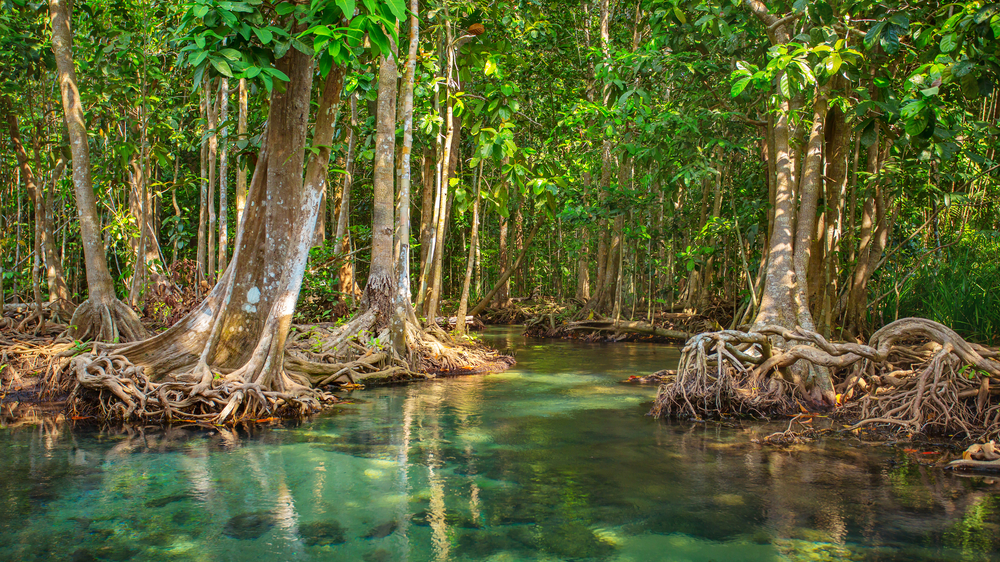
Mangroves are vital coastal ecosystems that provide breeding grounds for marine life, protect shorelines from erosion, and sequester large amounts of carbon. However, they are being destroyed at an alarming rate due to aquaculture, agriculture, and urban development. The loss of mangroves has significant ecological and economic repercussions, as they play a critical role in maintaining coastal biodiversity and supporting fisheries. The destruction of these habitats also makes coastal regions more vulnerable to the impacts of climate change, such as rising sea levels and extreme weather events.
Communities that depend on mangroves for their livelihoods face increased poverty and food insecurity as these ecosystems disappear. Restoration projects have been initiated in many regions, but the success of these efforts depends on local involvement and sustainable practices. The plight of mangroves illustrates the interconnectedness of ecological health and human well-being. Protecting and restoring these ecosystems is crucial for biodiversity, climate resilience, and the prosperity of coastal communities.
10. Urban Expansion and Habitat Fragmentation
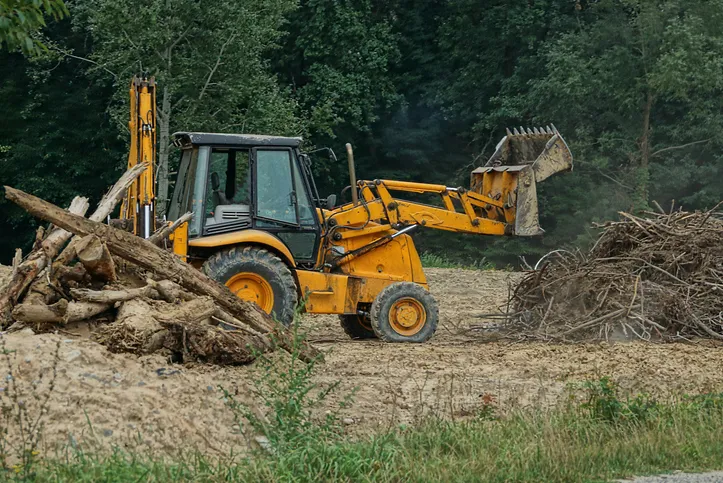
The rapid expansion of urban areas has led to the fragmentation of natural habitats, creating isolated patches that are unable to support viable populations of wildlife. As cities and infrastructure grow, they encroach on forests, wetlands, and other critical habitats, leading to loss of biodiversity and disruption of ecological processes. Fragmented habitats are more vulnerable to invasive species, pollution, and climate change, exacerbating the challenges faced by native species. This fragmentation also impacts ecosystem services that humans rely on, such as clean air and water, pollination, and carbon sequestration.
Efforts to mitigate habitat fragmentation include creating wildlife corridors and implementing smart urban planning strategies. These measures aim to balance development with the preservation of critical habitats, ensuring that nature can coexist with human progress. The challenge lies in making these initiatives a priority in the face of economic and political pressures. Addressing habitat fragmentation is essential for maintaining biodiversity and ensuring a sustainable future for both humans and the natural world.
